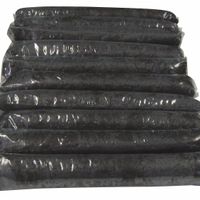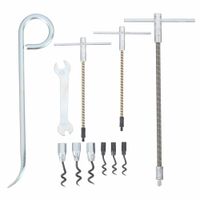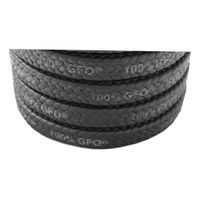- Home
- Pumps
- Pump Accessories
- Packing Seals Tools
Packing Seals & Tools
Packing seals and tools prevent excessive leaks of system fluids through the pump shaft or valve stem from occurring during operation. Rope-style compression packing seals are tightly wound braids of fabric placed in a pump's stuffing box and wrapped around the pump shaft or valve stem. Packing seal .....Read More
Frequently Asked Questions
What are the different types of packing seals used in pumps and valves?
How do you install rope-style compression packing seals?
What tools are needed for packing seal extraction and installation?
How do injectable packing seals work?
What are the signs of a worn or failing packing seal?
How often should packing seals be replaced?
What are the best practices for maintaining packing seals to prevent leaks?


